https://www.ashevillehabitat.org/wp-content/uploads/2019/10/Poder-Emma-HR_10.26.19_005.jpg
3003
4500
Ariane Kjellquist
https://www.ashevillehabitat.org/wp-content/uploads/2022/11/AAHH-logo_black_with-counties-tag-300x150.jpg
Ariane Kjellquist2019-11-01 09:10:572019-11-01 13:18:48Innovative Solution to Community Need
https://www.ashevillehabitat.org/wp-content/uploads/2019/05/HR_March2019_Stephens-Hill-Rd_001.jpg
3003
4500
Ariane Kjellquist
https://www.ashevillehabitat.org/wp-content/uploads/2022/11/AAHH-logo_black_with-counties-tag-300x150.jpg
Ariane Kjellquist2019-05-08 08:53:232019-05-17 08:55:22Proud Recipient of the Parsec Prize
https://www.ashevillehabitat.org/wp-content/uploads/2019/04/Joel-Jan-Garland_HR-vols.jpg
2000
2992
Ariane Kjellquist
https://www.ashevillehabitat.org/wp-content/uploads/2022/11/AAHH-logo_black_with-counties-tag-300x150.jpg
Ariane Kjellquist2019-04-26 07:53:242019-04-26 08:03:30Garland Walker Helps Habitat Meet Growing Community Need
https://www.ashevillehabitat.org/wp-content/uploads/2018/12/SpectrumHRjob_800x350.jpg
350
800
Asheville Habitat
https://www.ashevillehabitat.org/wp-content/uploads/2022/11/AAHH-logo_black_with-counties-tag-300x150.jpg
Asheville Habitat2018-06-26 00:00:002018-06-26 00:00:00Photos: Coming Together to Help a Neighbor
https://www.ashevillehabitat.org/wp-content/uploads/2018/12/Blog_NVAW2018.jpg
773
2048
Asheville Habitat
https://www.ashevillehabitat.org/wp-content/uploads/2022/11/AAHH-logo_black_with-counties-tag-300x150.jpg
Asheville Habitat2018-04-16 00:00:002018-04-16 00:00:00Thank You Volunteers!
https://www.ashevillehabitat.org/wp-content/uploads/2018/12/Quintessentially-Habitat_by-Sydney-1.jpg
896
2048
Asheville Habitat
https://www.ashevillehabitat.org/wp-content/uploads/2022/11/AAHH-logo_black_with-counties-tag-300x150.jpg
Asheville Habitat2017-12-29 00:00:002018-12-19 16:13:12AmeriCorps Member Reflects on a Special Day
https://www.ashevillehabitat.org/wp-content/uploads/2018/12/Shiloh-blog-photo_REV.jpg
566
1500
Asheville Habitat
https://www.ashevillehabitat.org/wp-content/uploads/2022/11/AAHH-logo_black_with-counties-tag-300x150.jpg
Asheville Habitat2017-10-31 00:00:002018-12-19 16:13:11Shiloh: Let’s Build! Campaign Built More Than Houses
https://www.ashevillehabitat.org/wp-content/uploads/2018/12/SpringMailer2017_BlogImage-1.jpg
350
800
Asheville Habitat
https://www.ashevillehabitat.org/wp-content/uploads/2022/11/AAHH-logo_black_with-counties-tag-300x150.jpg
Asheville Habitat2017-04-13 00:00:002017-04-13 00:00:00More than new homes: Habitat’s Home Repair is changing lives.
https://www.ashevillehabitat.org/wp-content/uploads/2018/12/blog-CS-vol-breakfast.jpg
350
800
Asheville Habitat
https://www.ashevillehabitat.org/wp-content/uploads/2022/11/AAHH-logo_black_with-counties-tag-300x150.jpg
Asheville Habitat2017-02-21 00:00:002017-02-21 00:00:00Building More than Houses
https://www.ashevillehabitat.org/wp-content/uploads/2018/12/blog-racial-inequality-in-housing.jpg
350
800
Asheville Habitat
https://www.ashevillehabitat.org/wp-content/uploads/2022/11/AAHH-logo_black_with-counties-tag-300x150.jpg
Asheville Habitat2017-01-20 00:00:002017-01-20 00:00:00Where Habitat Fits in the Movement for Racial Equity
Scroll to top
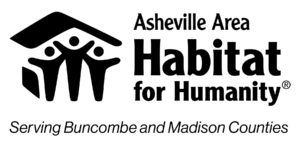

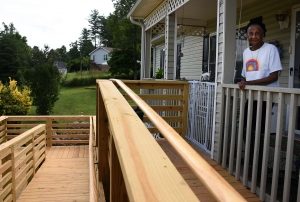
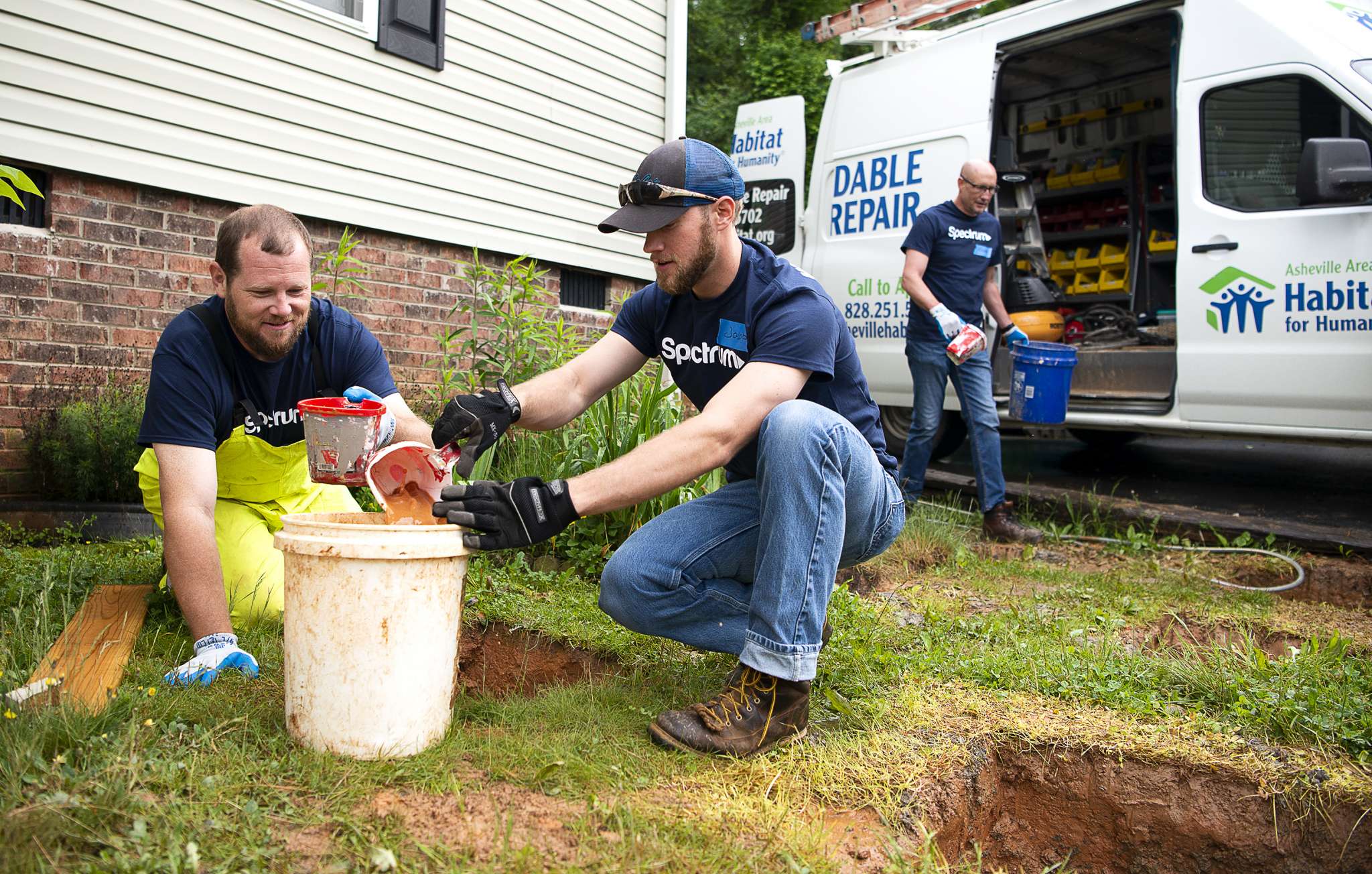
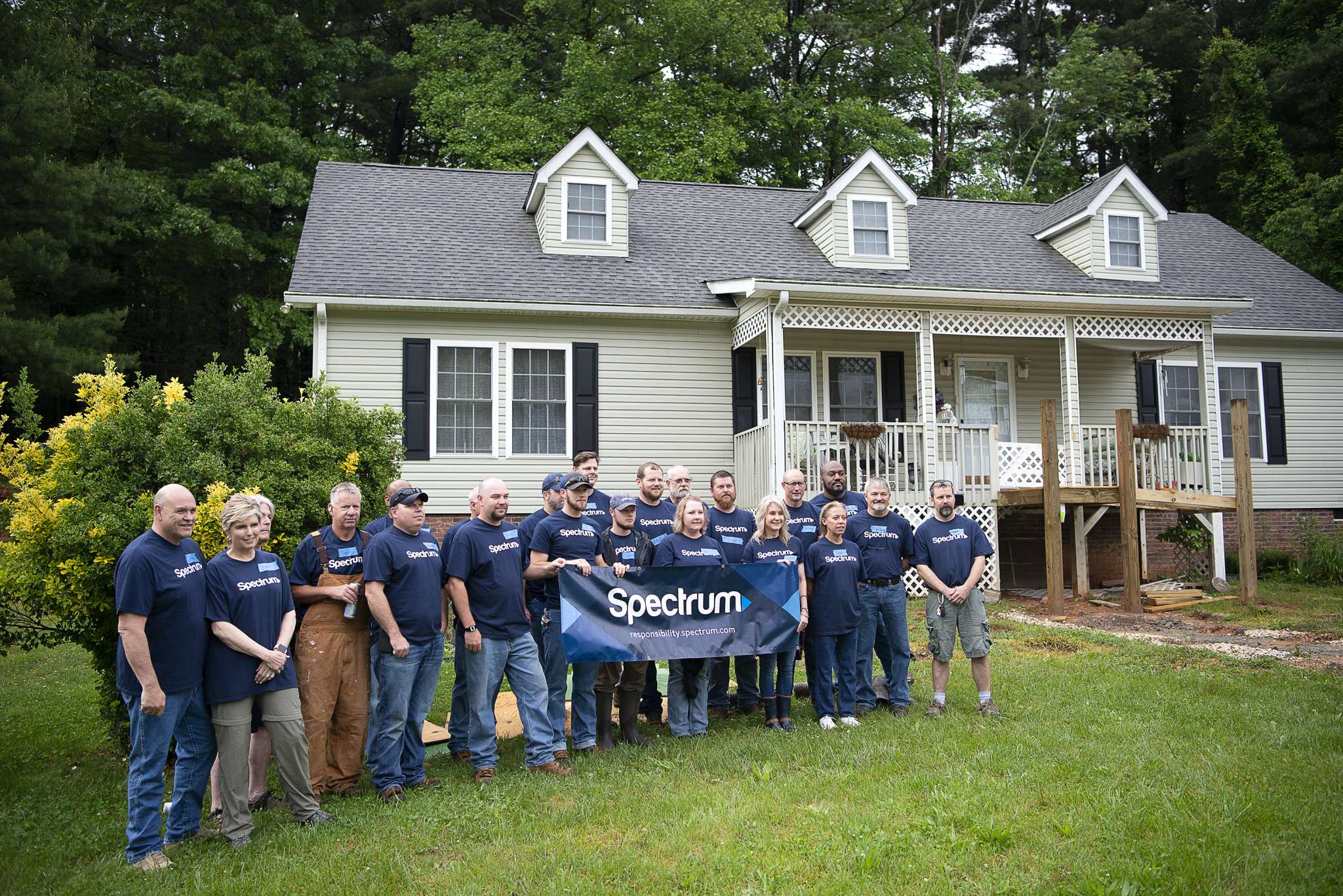
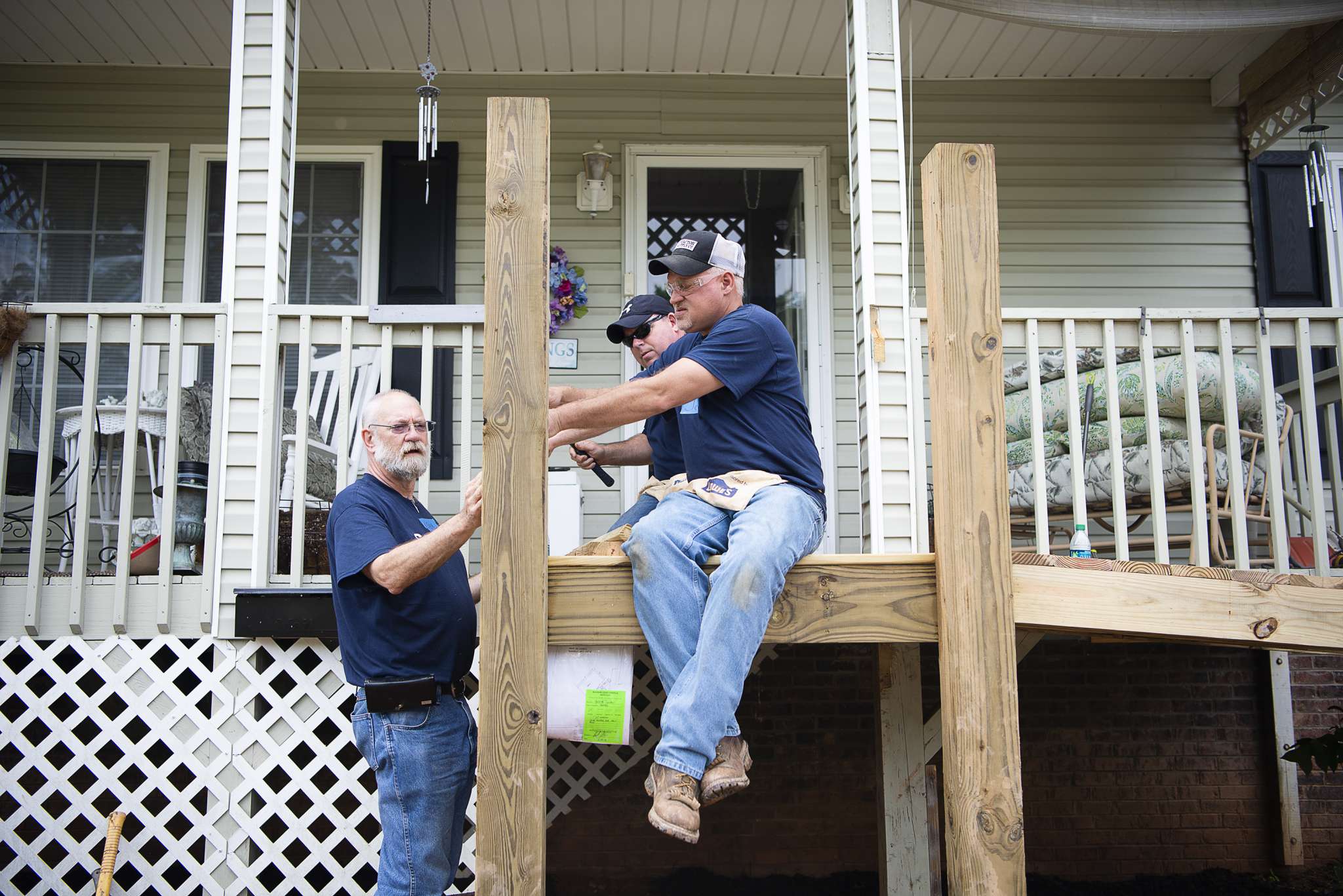
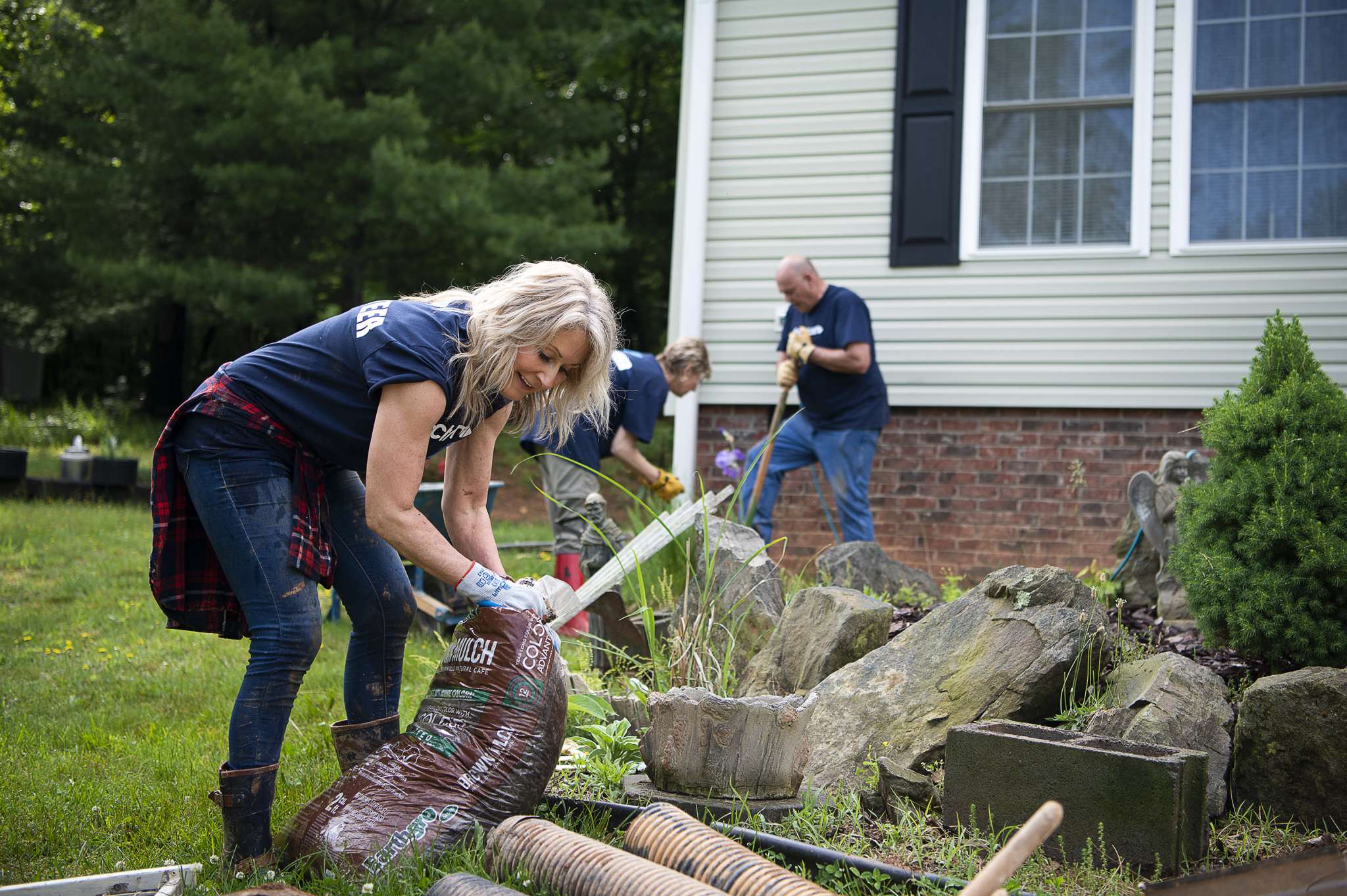
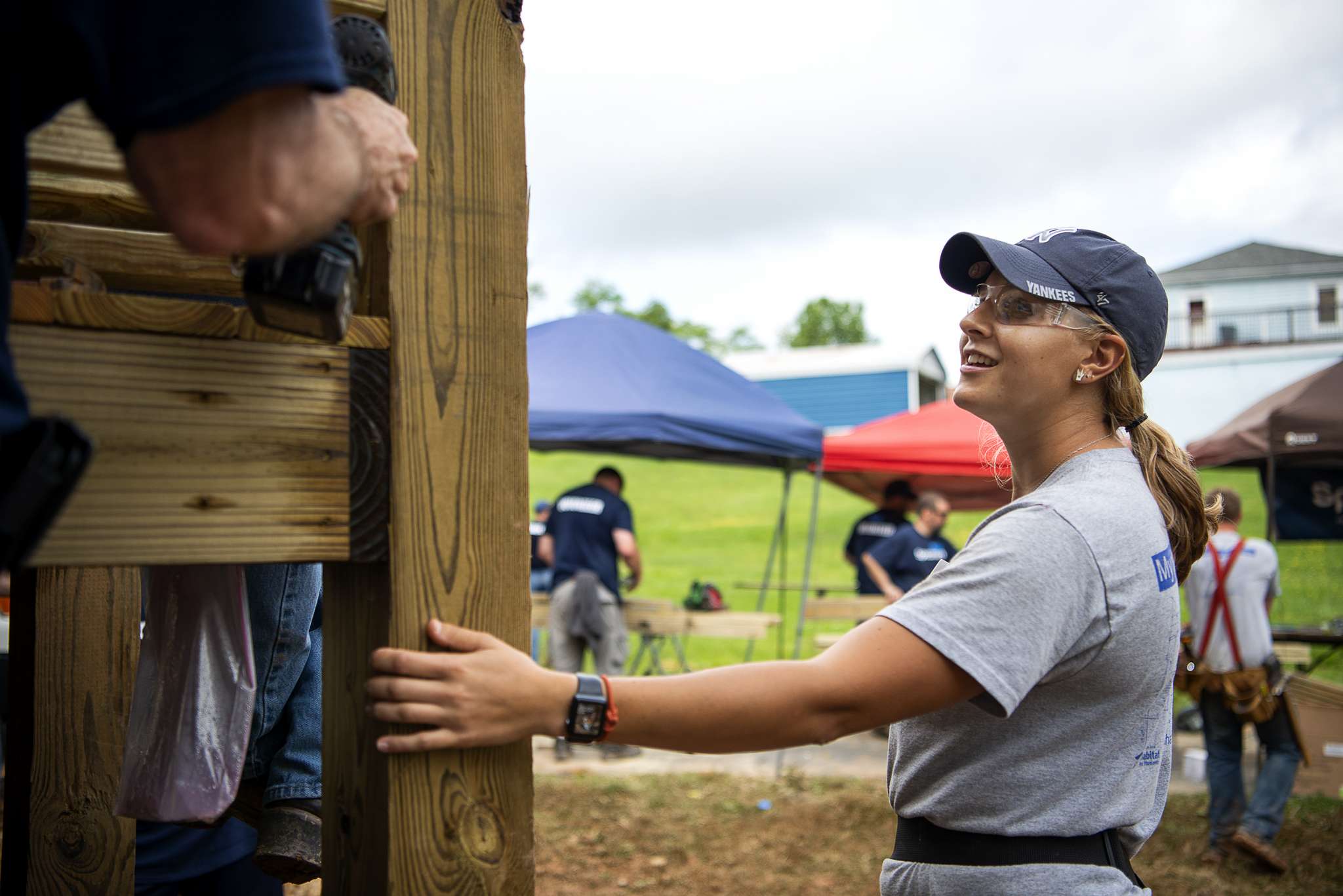
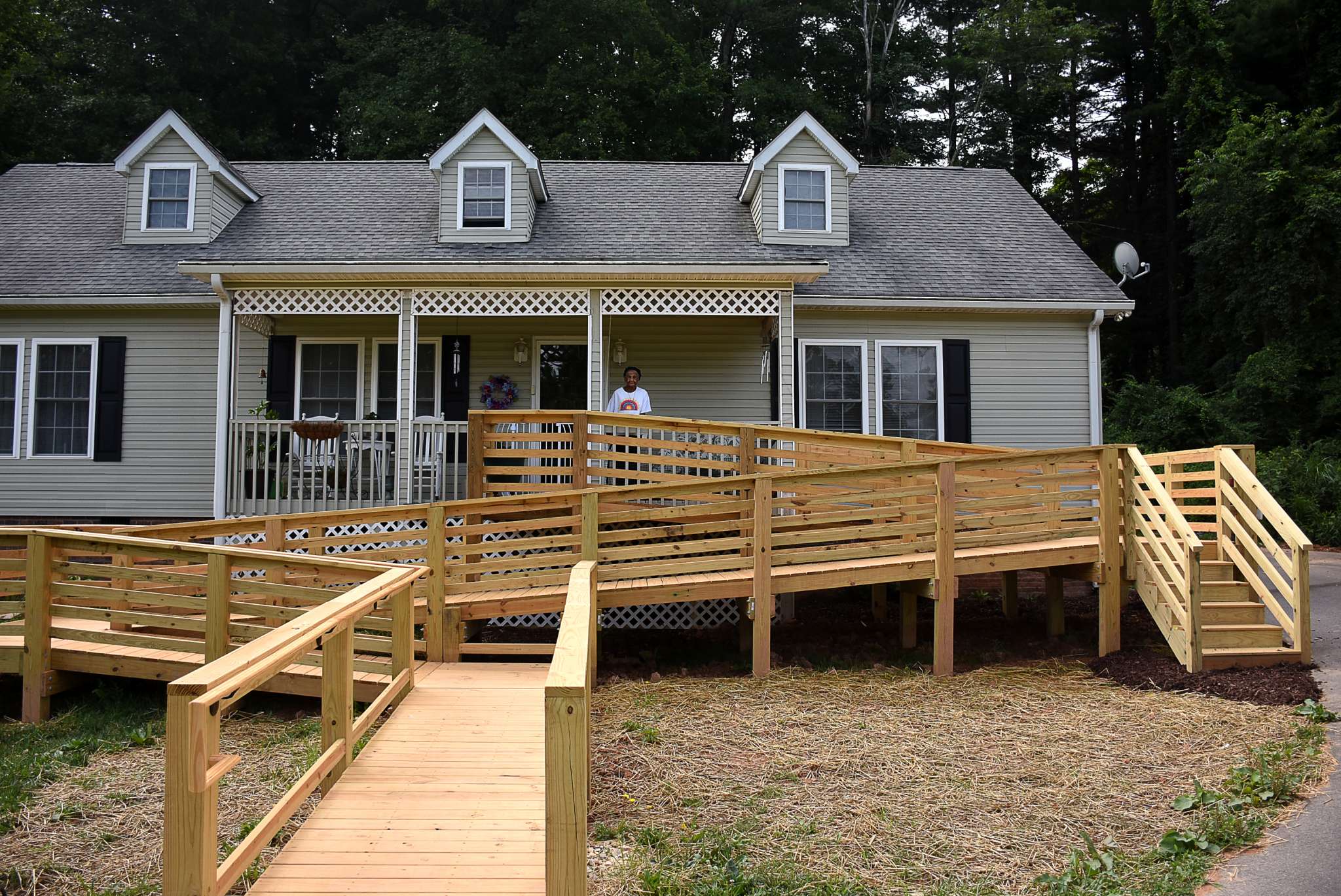
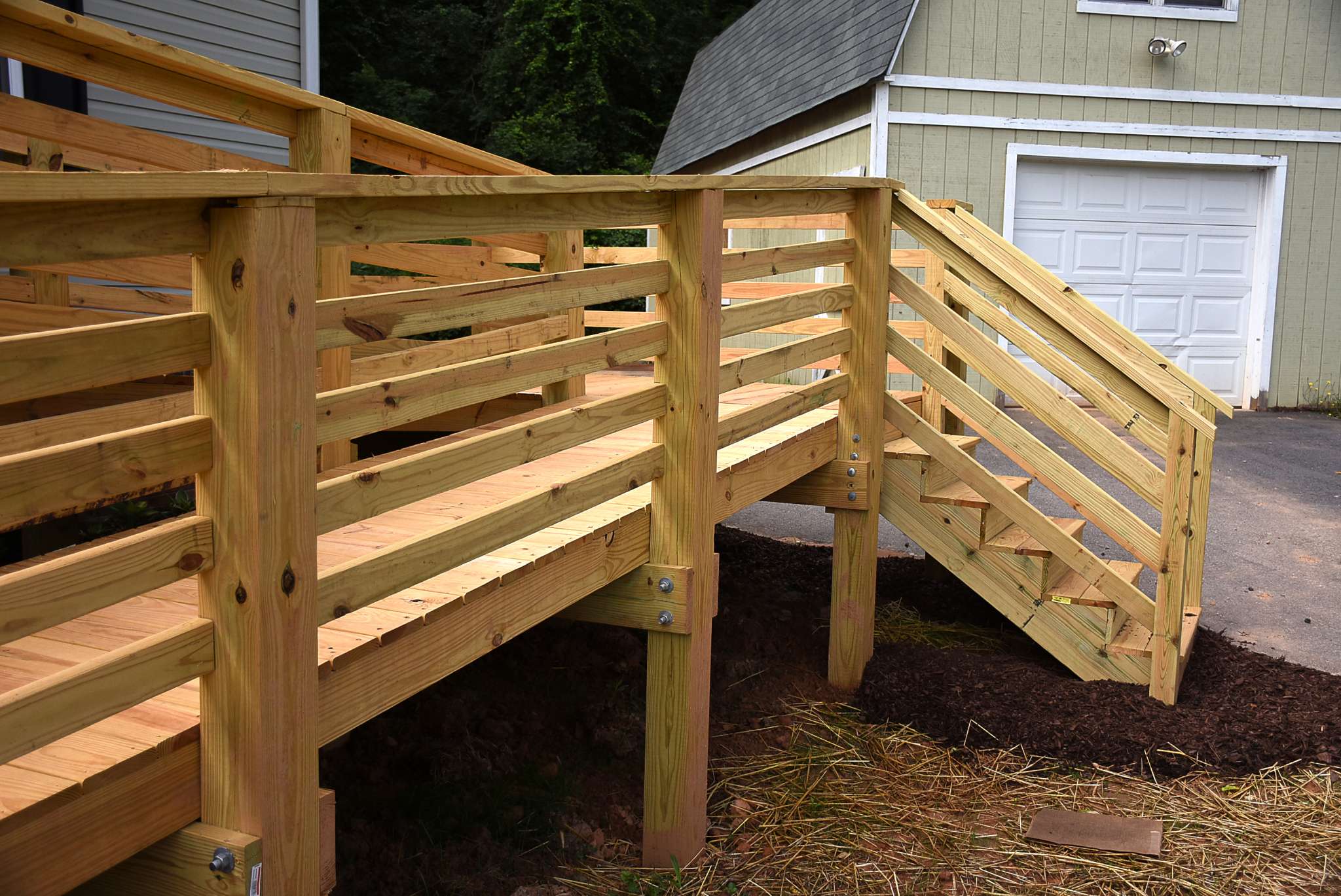
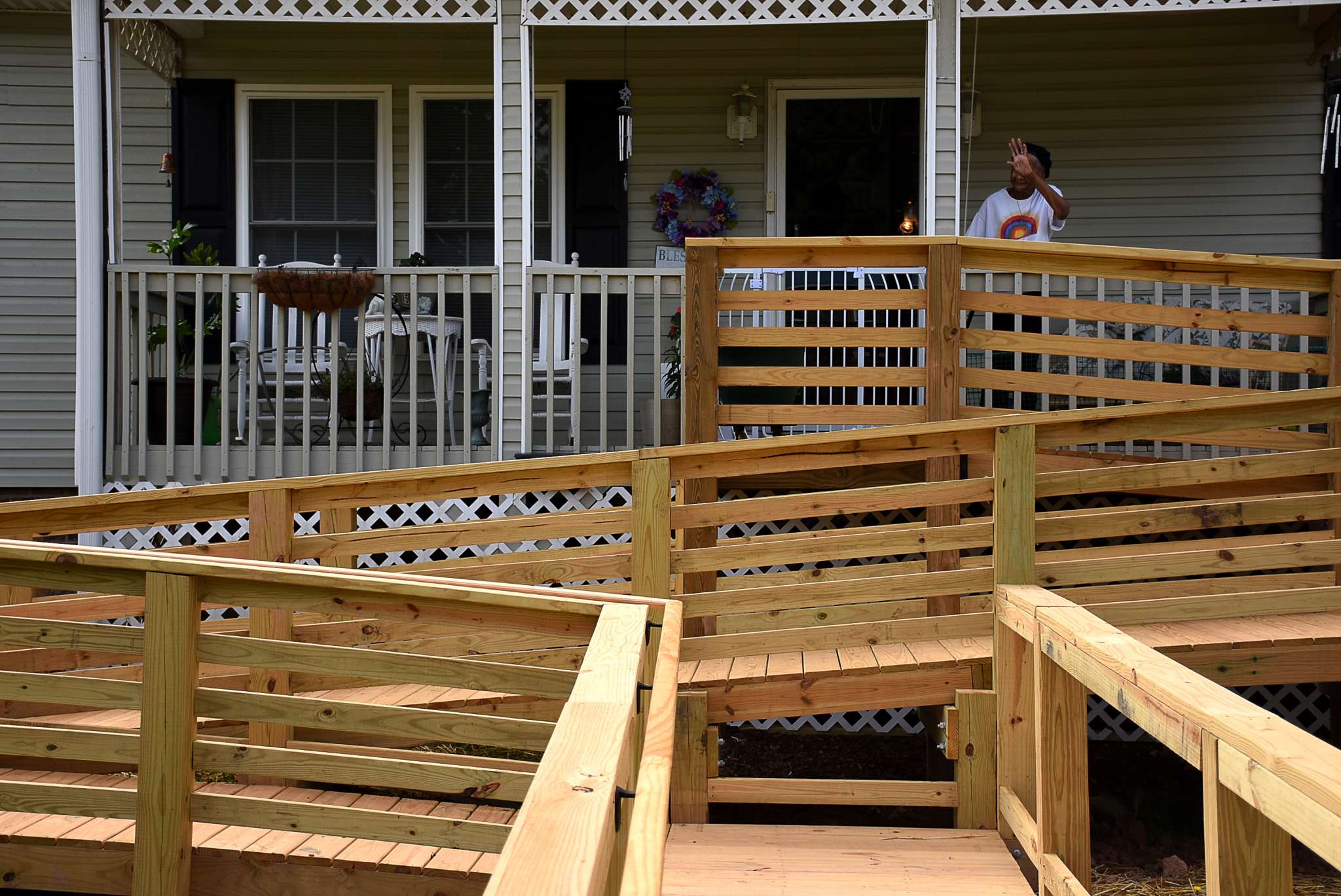
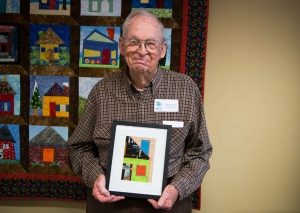

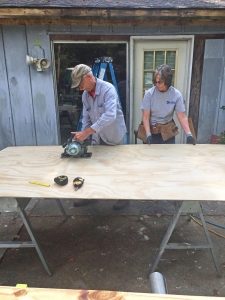

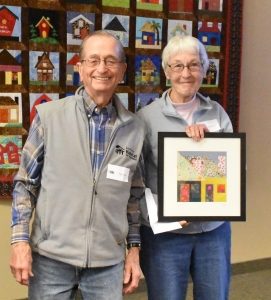
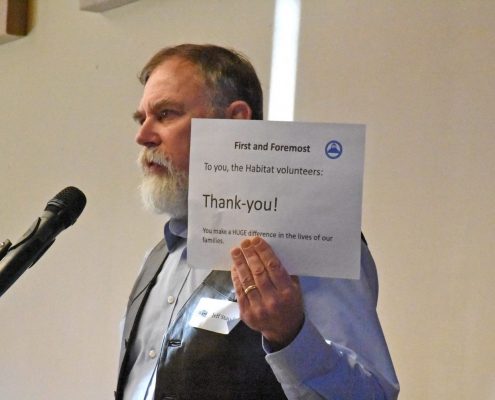 irector for the City of Asheville, who was able to put Habitat’s contributions into the larger affordable housing context. He expressed the City’s enthusiasm for Habitat’s upcoming higher density neighborhood in West Asheville (currently referred to as Cedar Hill). Staudinger also referenced statistics from the
irector for the City of Asheville, who was able to put Habitat’s contributions into the larger affordable housing context. He expressed the City’s enthusiasm for Habitat’s upcoming higher density neighborhood in West Asheville (currently referred to as Cedar Hill). Staudinger also referenced statistics from the 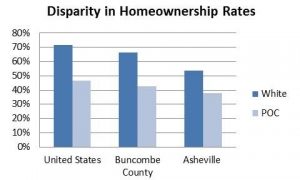
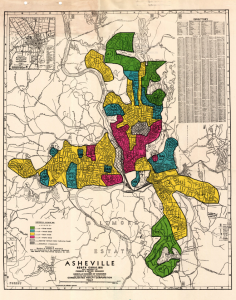
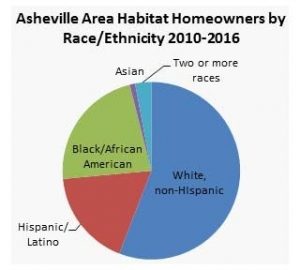 Habitat creates a way for households facing economic barriers to achieve homeownership and begin to close the wealth gap, but we can’t do it alone. To achieve equity in rates of homeownership nearly 3,000 additional households of color in Buncombe County will need the opportunity to become homeowners. To achieve this scale, we will need many more lenders to adopt policies that help households of color overcome historical barriers to mortgage loans. We need to grow housing and financial counseling opportunities to help aspiring homebuyers become “mortgage ready”. We need more affordable rental options and tenant advocacy so that renters have the stability needed to save and prepare for future ownership. Finally, we need home repair and foreclosure prevention assistance to help existing homeowners to remain at home. In short, it will take everyone committing to give our time, our financial support, and our voices to advance the dream of equality of opportunity for all our neighbors regardless of race.
Habitat creates a way for households facing economic barriers to achieve homeownership and begin to close the wealth gap, but we can’t do it alone. To achieve equity in rates of homeownership nearly 3,000 additional households of color in Buncombe County will need the opportunity to become homeowners. To achieve this scale, we will need many more lenders to adopt policies that help households of color overcome historical barriers to mortgage loans. We need to grow housing and financial counseling opportunities to help aspiring homebuyers become “mortgage ready”. We need more affordable rental options and tenant advocacy so that renters have the stability needed to save and prepare for future ownership. Finally, we need home repair and foreclosure prevention assistance to help existing homeowners to remain at home. In short, it will take everyone committing to give our time, our financial support, and our voices to advance the dream of equality of opportunity for all our neighbors regardless of race.